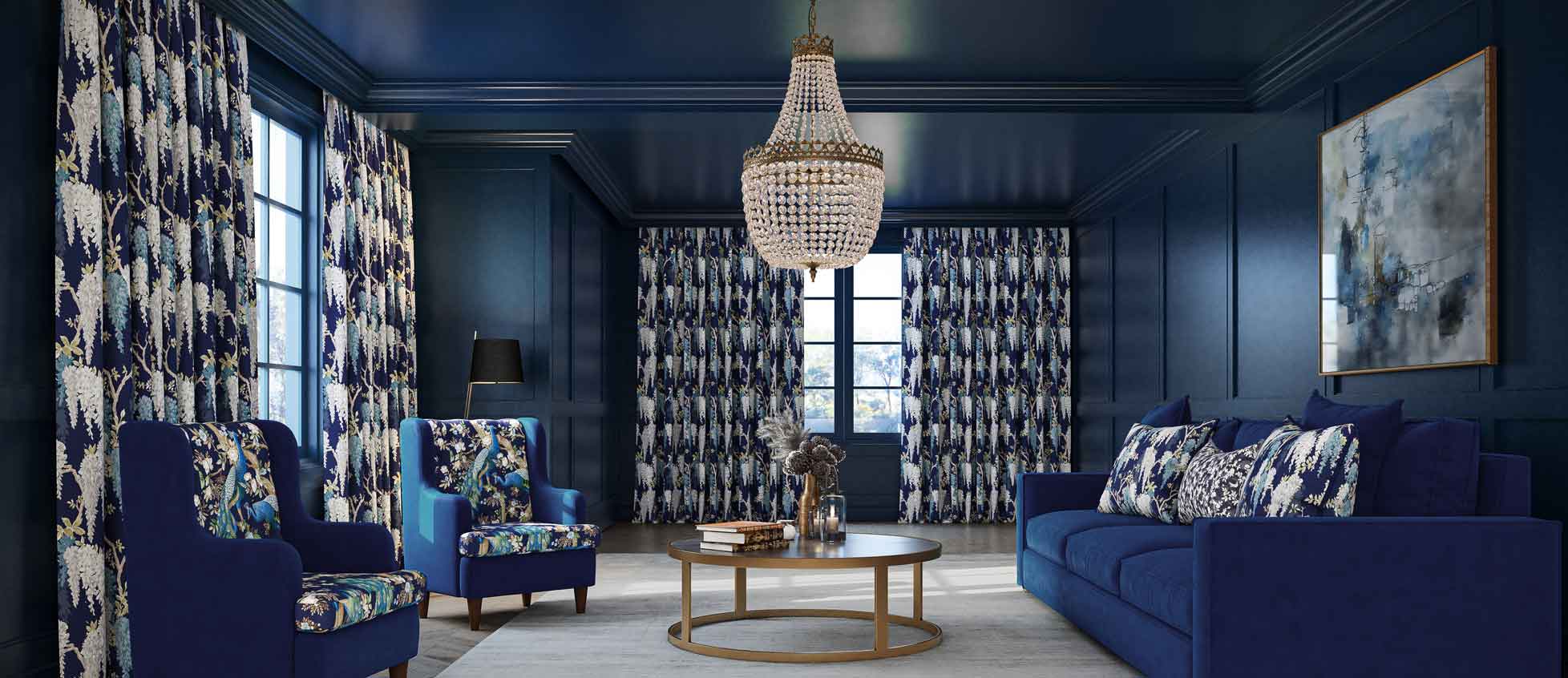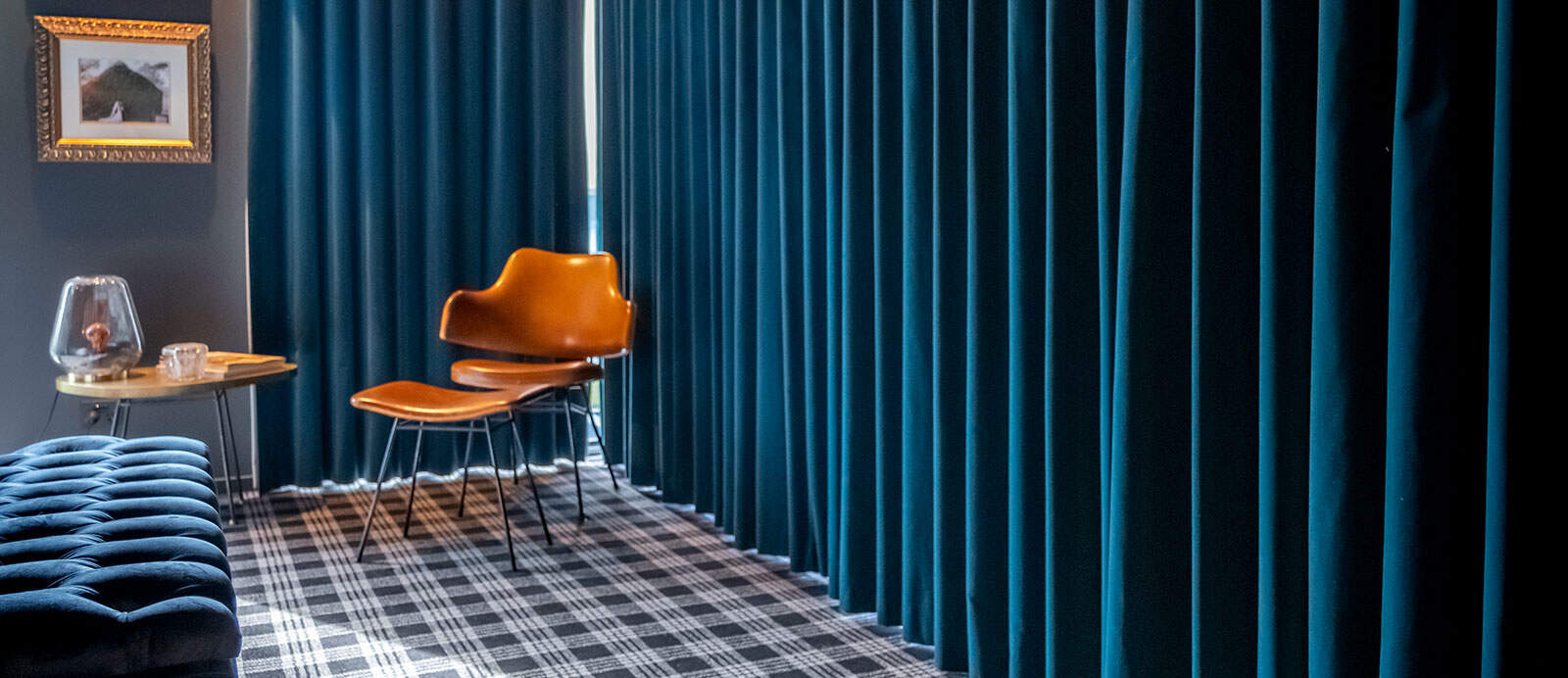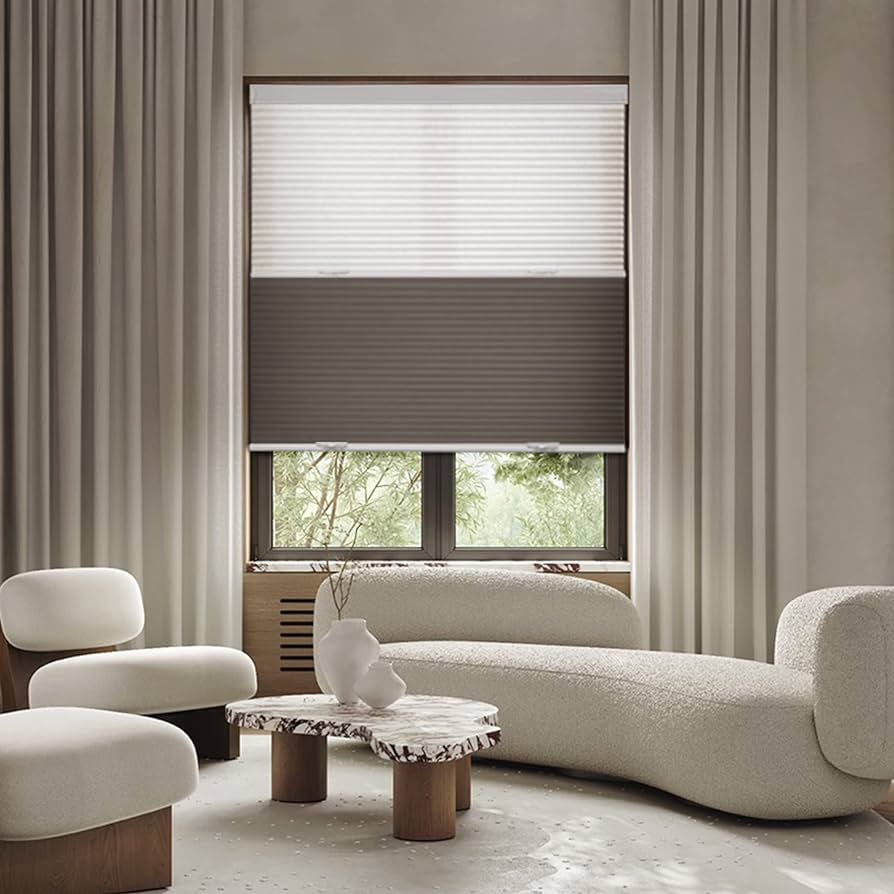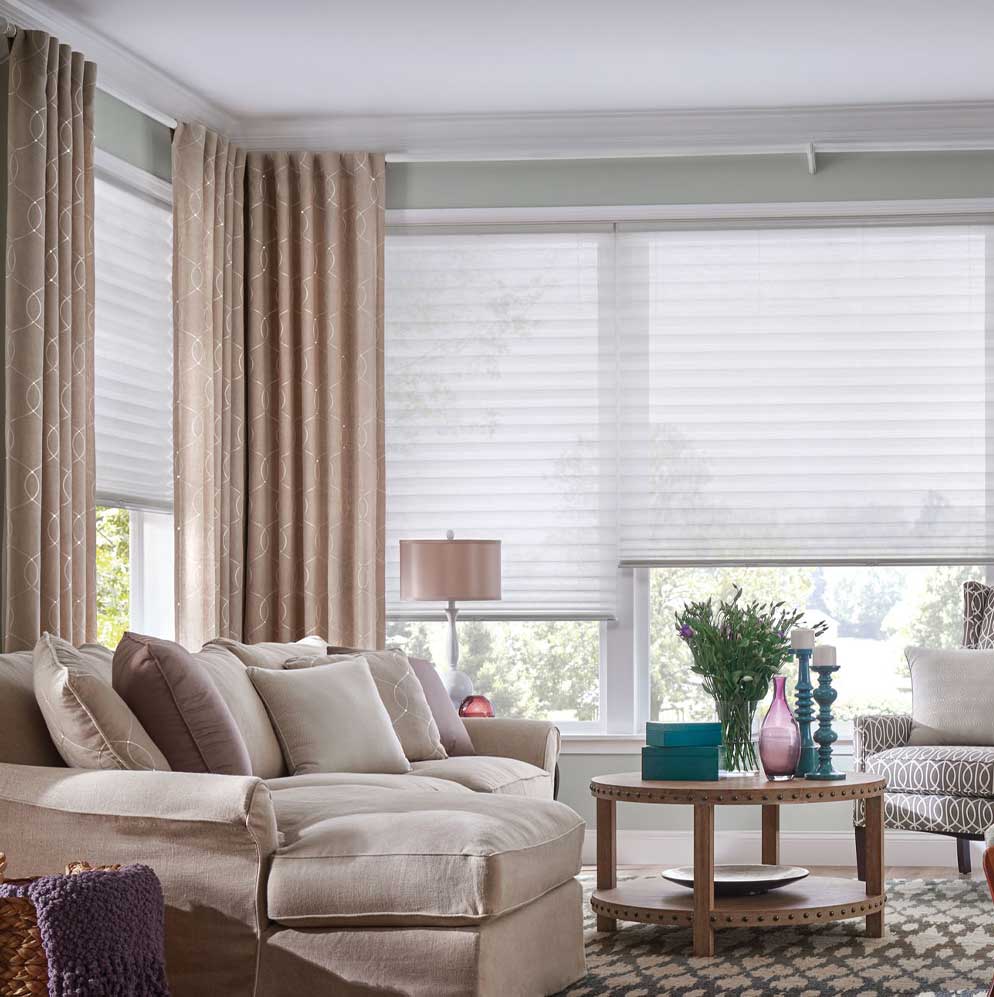When winter hits, even the smallest gap in your windows can invite the cold in. Heating runs longer. Blankets pile up. But your windows? They’re still one of the main sources of heat loss. That’s why many Australians are turning to thermal curtains.
These curtains are built with insulation in mind. A dense lining or layered fabric helps trap heat inside your home, keeping the chill out and the warmth where it belongs.

Understanding Thermal Curtains
Thermal curtains are window coverings specifically designed to improve insulation and help regulate indoor temperatures. Unlike standard curtains, they feature thicker fabrics or built-in thermal linings that reduce heat transfer between your windows and the rest of the room. Some designs use multiple layers of material including foam, flannel, or acrylic-coated linings to trap warm air inside during winter and block heat out in summer. The primary goal is to create a barrier that limits cold draughts and slows down the escape of warm air. But thermal curtains aren’t just about function. They come in a variety of styles, colours, and fabric finishes, making them a practical and stylish solution for any space. When installed correctly, they can contribute to lower energy bills, improved comfort, and a more stable indoor climate, all while looking like a natural part of your room design.
Do Thermal Curtains Really Work?
Yes. Especially when they’re made to fit properly.
The key is coverage. Gaps at the top or sides of your curtains allow heat to escape and cold air to enter. That’s why its even better to get custom thermal curtains, so that you can get a snug fit and real results.
When fitted well, thermal curtains can:
Improve indoor comfort
Reduce heating costs
Add warmth to any space
Block light and reduce outside noise

Designed for Comfort and Style
Thermal curtains aren’t bulky or outdated. Today, you can find a wide range of fabrics, colours, and heading styles to suit any room. Prefer a soft linen look? Something bold? The right fabric helps you match function with your home’s design.
Pair Thermal Curtains With Honeycomb Blinds for Maximum Insulation


If you’re looking to boost your home’s insulation even further, consider combining thermal curtains with honeycomb blinds (also known as cellular blinds).
This pairing adds two distinct layers of thermal protection:
Honeycomb blinds sit close to the window and trap air inside their structured cells. These air pockets form a thermal buffer, reducing direct heat transfer through the glass.
Thermal curtains cover the entire window area and surrounding frame, helping stop draughts and locking in warmth.
Together, they create one of the most effective window insulation solutions available.
Why This Combination Works So Well
Double-layer insulation
The honeycomb structure reduces convection (air movement), while the thermal curtain adds a layer of resistance to heat loss through radiation and conduction.Full coverage
Honeycomb blinds seal off the window. Thermal curtains extend beyond it, covering gaps that blinds alone can’t block.Flexible light and temperature control
Use the blinds during the day to soften daylight and maintain indoor warmth. Close the curtains in the evening to trap heat and shut out the cold.Noise and privacy benefits
The combination also improves sound absorption and adds extra privacy—ideal for street-facing windows or shared walls.
Where This Pairing Works Best
Bedrooms: Keep warmth in during the night and soften early morning light.
Living rooms: Maintain comfort through long winter evenings while keeping the space visually balanced.
Home offices: Reduce external noise and avoid that cold chill near the desk.


Simple to Add, Powerful in Effect
You don’t need a major renovation to make your home feel warmer in winter.
The right combination of thermal curtains and honeycomb blinds can have a noticeable impact on comfort, energy use, and how a room feels day to day. Choose colours and textures that work with your space, and make sure both layers are properly measured and installed to maximise results.




